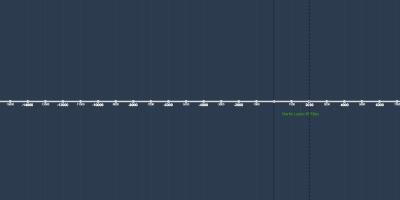1 Jan 1952 Jahr - John Cage - 4'33''
Beschreibung:
4′33″ (pronounced "Four minutes, thirty-three seconds" or just "Four thirty-three"[1]) is a three-movement composition[2][3] by American experimental composer John Cage (1912–1992). It was composed in 1952, for any instrument or combination of instruments, and the score instructs the performer(s) not to play their instrument(s) during the entire duration of the piece throughout the three movements. The piece consists of the sounds of the environment that the listeners hear while it is performed,[4] although it is commonly perceived as "four minutes thirty-three seconds of silence".[5][6] The title of the piece refers to the total length in minutes and seconds of a given performance, 4′33″ being the total length of the first public performance.[7]Conceived around 1947–48, while the composer was working on Sonatas and Interludes,[2] 4′33″ became for Cage the epitome of his idea that any sounds may constitute music.[8] It was also a reflection of the influence of Zen Buddhism, which Cage studied since the late 1940s. In a 1982 interview, and on numerous other occasions, Cage stated that 4′33″ was, in his opinion, his most important work.[9] The New Grove Dictionary of Music and Musicians describes 4′33″ as Cage's "most famous and controversial creation".[2]
Zugefügt zum Band der Zeit:
Datum:
1 Jan 1952 Jahr
Jetzt
~ 73 years ago
